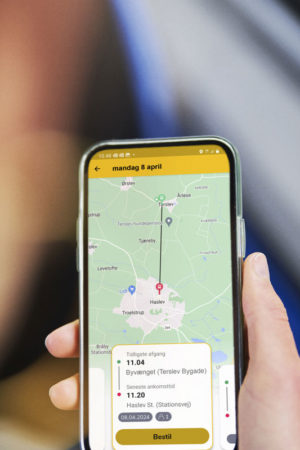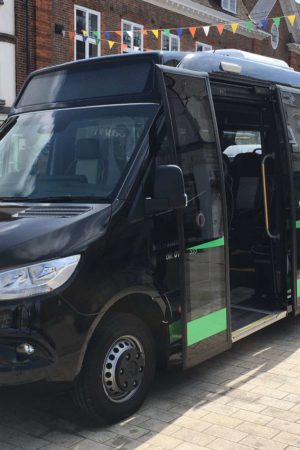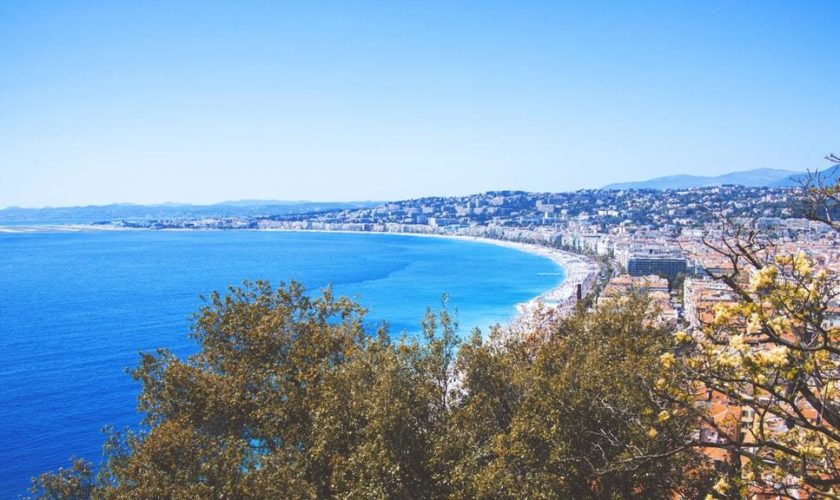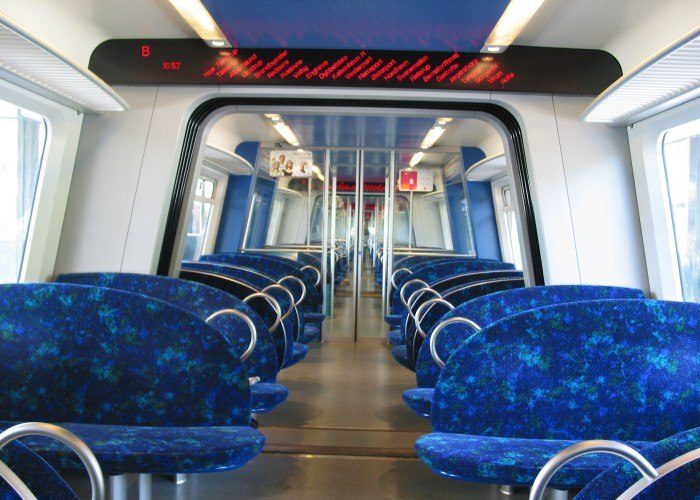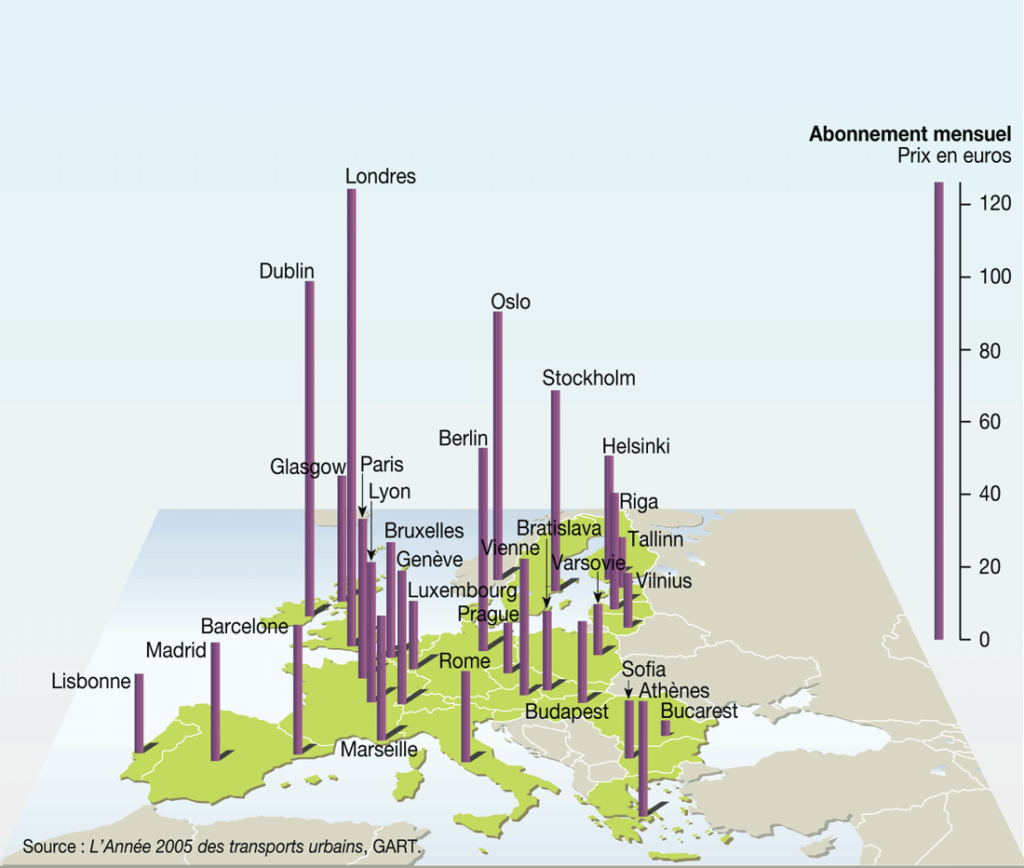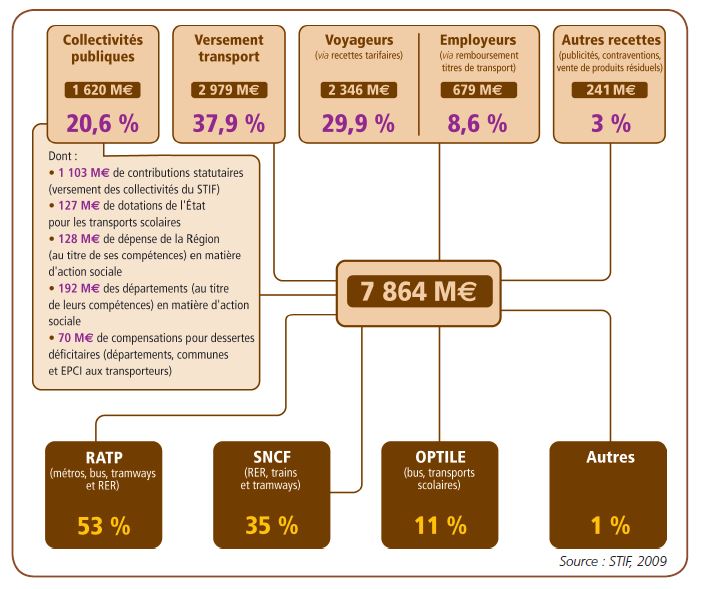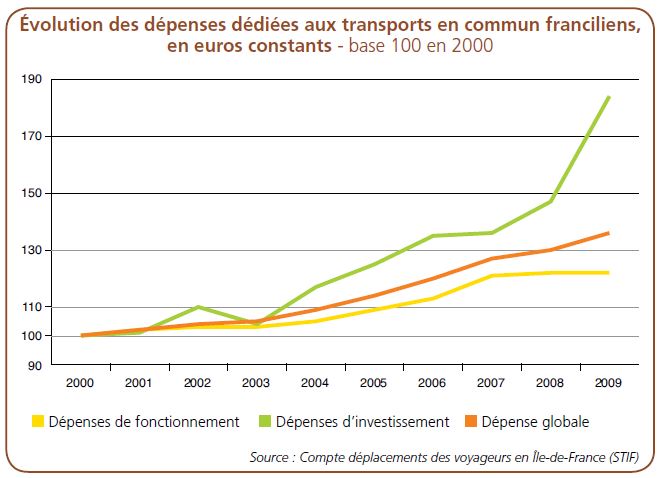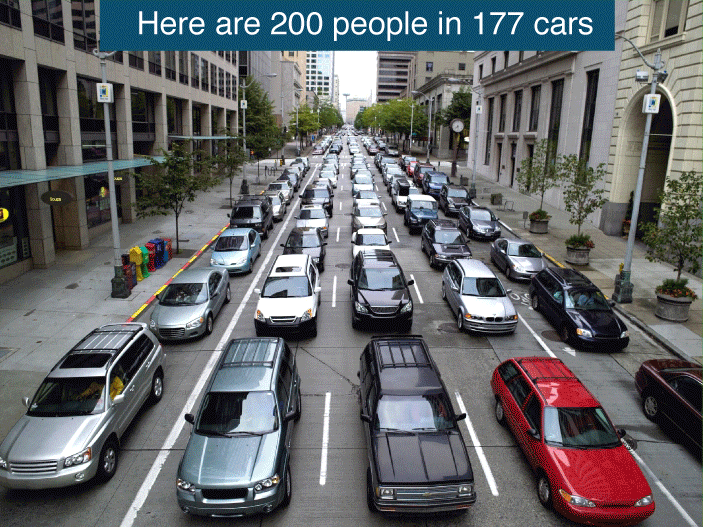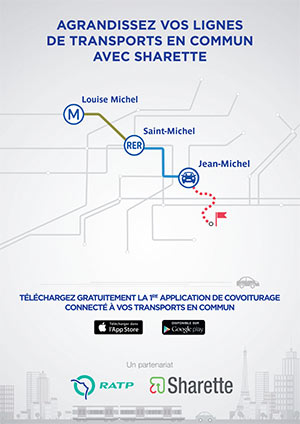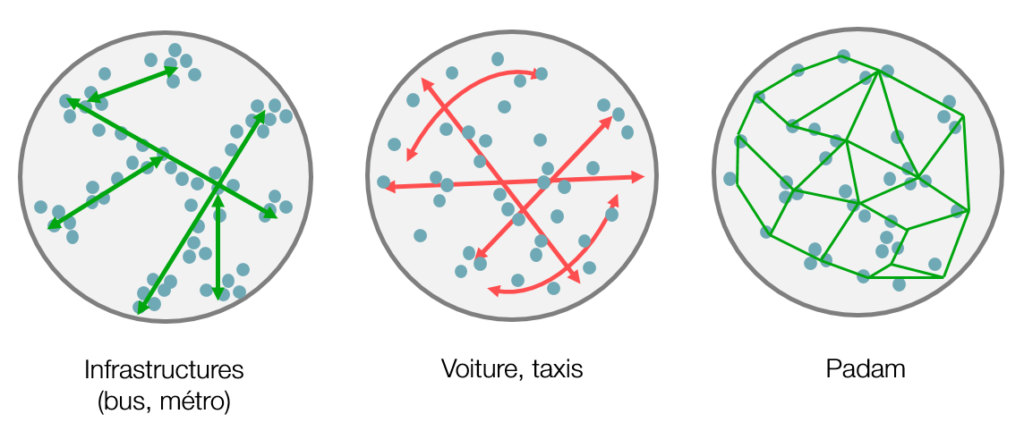There are many types of Demand-Responsive Transport (DRT). They vary both on the service and on the reservation method. Although it may seem anecdotal, the differences are significant and the results too. How to navigate? We light up the situation with a couple of articles. Today let’s talk about the different reservation channels.
The performance of a Demand-Responsive Transport management system is often reduced to its algorithm. While it is crucial, it is not the only success factor for a DRT.
The importance of the reservation channels
We should not underestimate the importance of reservation channels and their ergonomics. Most of the time, the single or main Demand-Responsive Transport reservation channel is a call center: you have to contact a service by telephone to book your seat. This fits well to the uses of a part of the population: the elderly. They are not comfortable on the internet and have the time to make a call during the day to book their trip. For the rest, several disadvantages must be taken into account:
- Users can only make reservations during defined time period on daytime. But we rarely plan our trips during the day. We think about them either on the evening or on the morning. On average on our service, 46% of the reservations are made before 8.am or after 6.pm in the evening.
- Teenagers and young adults do not like making phone calls (source in French)
- Reservation by phone requires agents to take reservations. As a result, the more people who use the service, the more switchboard operators.
The advantages of online reservation
More and more networks have taken the measure of these disadvantages and offer the possibility to book by internet. This limits the staff needed to manage reservations and allows users to book their trip at any time. However, it will be necessary to think of a mobile version of the booking wesite at the risk of missing out more than the half of the traffic: in France, there are more Internet users to connect via their smartphone than their computer (Source in French).
Finally, since more recently, some communities offer an online booking, by phone but also via a booking app. This is for example the case of TAD Ile-de-France Mobilités.
Why favoring the reservation by app?
- In France, 73% of French people own a smartphone according to the Digital Barometer of 2017.
- Smartphone users spend more than 85% of their time on their smartphone to use an app (Source in French).
- Apps allow to make more sophisticated and complete interfaces while requiring a less qualitative Internet connection.
- Communication with users is facilitated. Thanks to the notifications it is possible to warn the user when his van is about to arrive; to inform him in real time about his situation (arrival time, delay or possible advance) and ask him to rate his experience at the end of his trip.
In rural areas, an ergonomic and well-designed website and a call center should be enough to meet the demand on one hand. On the other hand, if your audience is made up of smartphone users (service within peri-urban areas, industrial sites, activity areas , railway stations, airports and residential areas), we highly recommend the use of mobile apps as a reservation channel.
What do the users expect?
The wave of Uber, Lyft and other chauffeur-driven cars services have shown how far booking a trip can be easy. Users expect an interface with same quality for public transport. Setting up such an offer is quickly rewarded. A well-designed application can channel almost all bookings and help saving money for managing them. As an example, on the Demand-Responsive Transport services that use the Padam Mobility platform, more than 90% of the reservations go through the app.
Under the name “Demand-Responsive Transport” there is therefore, on the one hand, a service which must be reserved the day before by telephone and, on the other hand, a service which can be reserved via an app. Not all solutions fit to all uses cases, and choosing the right tool is a crucial step for the success of a Demand-Responsive Transport service.
Read more about Padam Mobility Demand-Responsive Transport solutions


